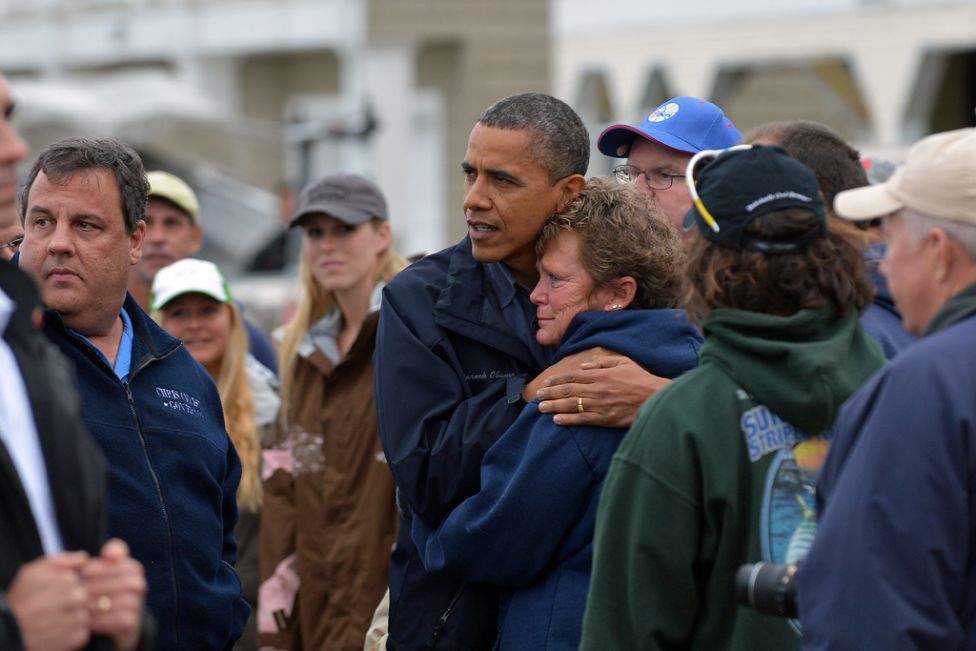Hurricane Sandy: What Went Right

In 2012 from October 22nd to October 31st Hurricane Sandy proved to be one of the most catastrophic natural disasters. The category 3 storm was the deadliest and most destructive hurricane of the 2012 Atlantic hurricane season, as well as the second-costliest hurricane in United States history. Sandy affected 24 states, caused tens of billions of dollars of damage, destroyed thousands of homes and property, and left at least 286 people killed. Despite the devastation, the storm was handled much better when compared to Hurricane Katrina back in 2004.
The Forecast
The forecast for Hurricane Sandy was on point. The European Centre for Medium-Range Weather Forecasts saw the storm developing and were able to accurately track Sandy a week before it made landfall and push into southern New Jersey. Such forecasting would not have been possible without improvements in hurricane forecasting and computer hardware over the past years.
Because of the close to perfect forecast state and local officials were given ample notice to issue warnings and make preparations for the hurricane. The dissemination to residents in the tri-state area on what proper safety measures to take was effective, because government officials were proactive in coordinating preparation procedures. Many lives were saved due to evacuations being called for.
Relief Efforts
On December 28, 2012 the U.S. Senate approved an emergency relief bill to provide $60 billion for states affected by Hurricane Sandy. In addition to this aid, several organizations contributed to the hurricane relief effort by organizing the 12-12-12 benefit concert.
Also, since the federal government issued a temporary blanket waiver of the Jones Act, foreign-flagged vessels coming up from the Gulf of Mexico could help expedite gasoline to the Northeast. The waiver removed a potential obstacle to bring additional fuel to the damaged region. The Northeast area was already limited even before Sandy hit because refineries were operating only at 81.8% of capacity during the week ending October 24, according to the Energy Information Administration.
All The Difference
What separated the handling of Hurricane Sandy from Hurricane Katrina was not necessarily the accuracy of tracking the storm, because Katrina was predicted with great precision too. Instead it was the preparedness and readiness of federal and local authorities as well as local residents in the affected region. In addition, social media played a huge part in getting realtime updates spread to people.

Recent Comments